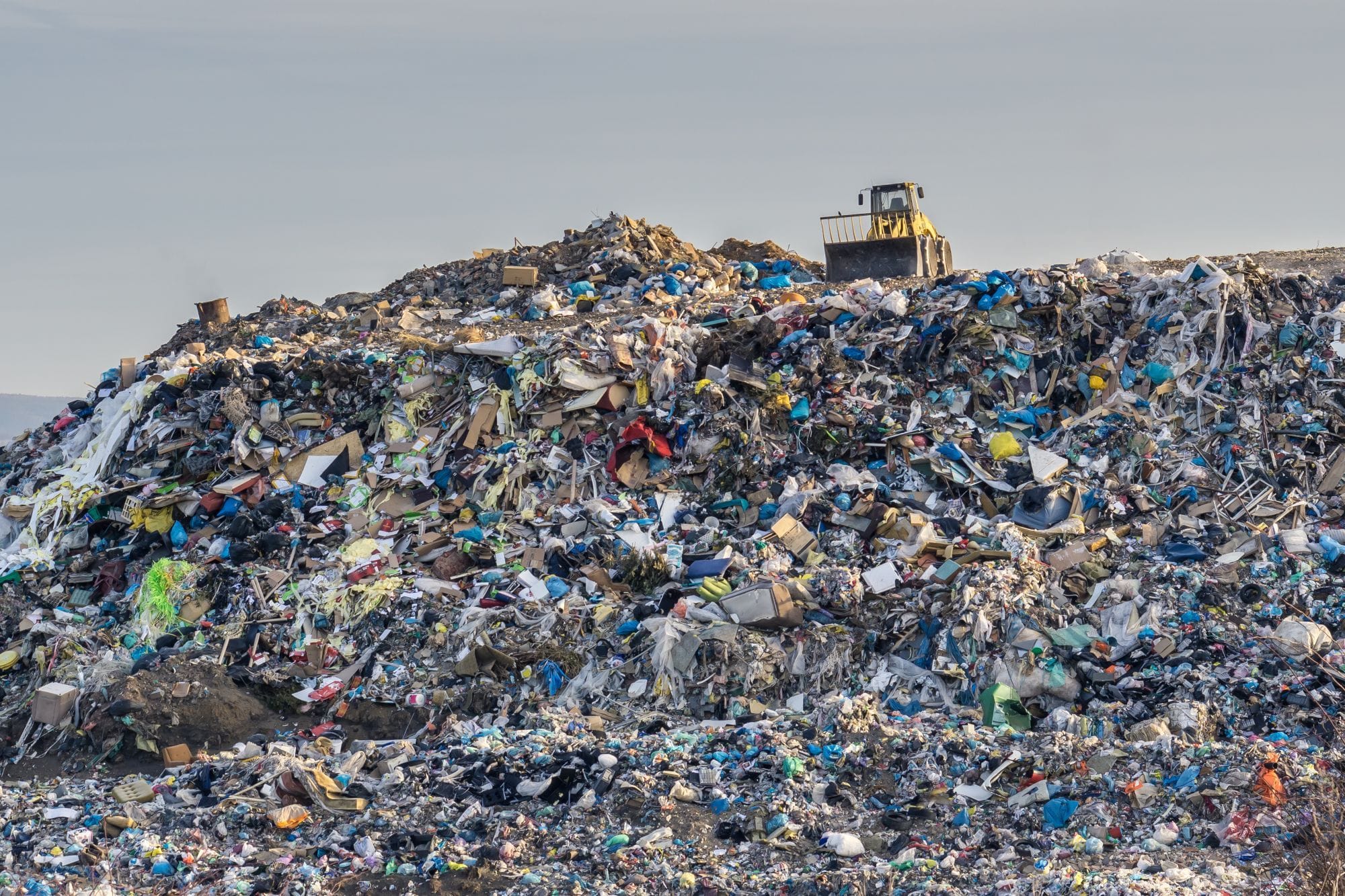Getting to knowImpacts on Solid Waste Infrastructure

Overview
With aging landfills and the rapid development of material recovery programs and to address the societal push toward more efficient use of waste and resources, increased pressure on communities to divert waste streams from landfills, impacts of climate change to waste management services can have significant impacts to communities.
Recyclable materials, organics, construction and demolition materials, hazardous waste all require unique management, in addition to the disposal of non-divertable waste, which varies depending on the municipality’s capacity to support multiple waste and recovery streams. In a disaster event, debris, construction and demolition waste, and contaminated waste can result in increased amounts of material to be processed and disposed of at landfills. For diversion programs, materials normally diverted through mixed recycling streams may become contaminated and difficult or impossible to separate, resulting in more waste disposed of in landfills.
Climate hazards may also affect the collection routes, collection vehicles, and the roads leading to landfills.
To review impacts on collection and fleet vehicles, see Getting to Know: Impacts on Fleet and Public Transit.
To review impacts on waste routes and roads, see Getting to Know: Impacts on Transportation Infrastructure.

Photo credit / crédit photo: Canadian Infrastructure Report Card (CIRC), 2019
This page provides an overview of the direct and of climate change hazards on solid waste facilities for many Canadian communities.
Direct Impacts - Flooding
Direct Impacts - Extreme Heat
Direct Impacts - Wildfire
Direct Impacts - Permafrost Thaw
Indirect Impacts




